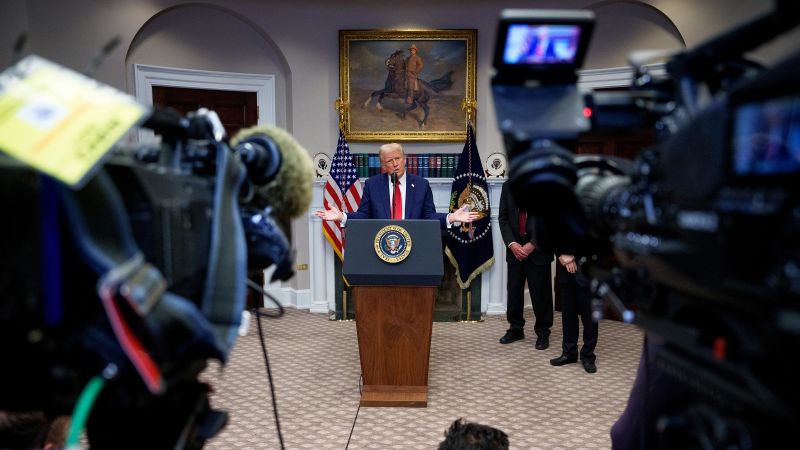Inside the Democratic Dilemma: Crafting a Winning Strategy Against Trump's Potential Comeback

President Donald Trump is quickly putting Democrats' patience and promises of a more measured approach to the test. Despite pledging to take a less confrontational stance in the current congressional session, Democratic lawmakers are finding themselves once again navigating the complex political landscape shaped by the former president's provocative actions and rhetoric.
The early days of this political cycle are already revealing the challenges Democrats face in maintaining their commitment to bipartisanship while simultaneously holding Trump accountable. Their delicate balancing act involves responding to his continued influence without falling into the trap of inflammatory exchanges that characterized previous interactions.
As Trump continues to make waves and challenge political norms, Democrats are carefully strategizing their response, determined to demonstrate a more nuanced and strategic approach to political engagement. The tension between their desire for constructive dialogue and the need to address potentially divisive actions remains a critical dynamic in the current political environment.

